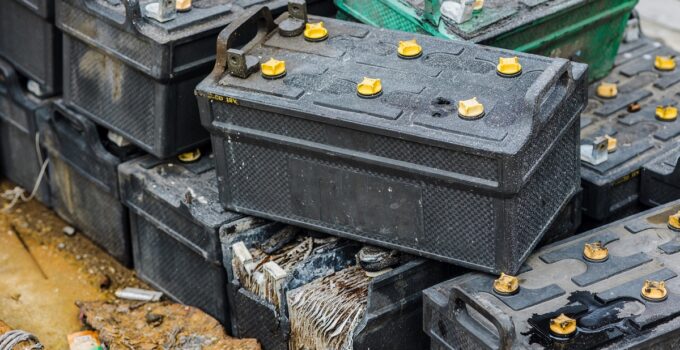Thinking about buying a used electric vehicle? It’s tempting, right? Save some cash and help the environment at the same time. But before you jump in, let’s talk about the hidden dangers that might make you reconsider.
1. Battery Degradation

Image Credit: Shutterstock / IM Imagery
Used EVs often come with batteries that have lost a significant portion of their capacity. On average, EV batteries lose about 2.3% of their capacity per year. This means a five-year-old EV could have lost over 10% of its range, drastically affecting its performance and daily usability .
2. Expensive Battery Replacement
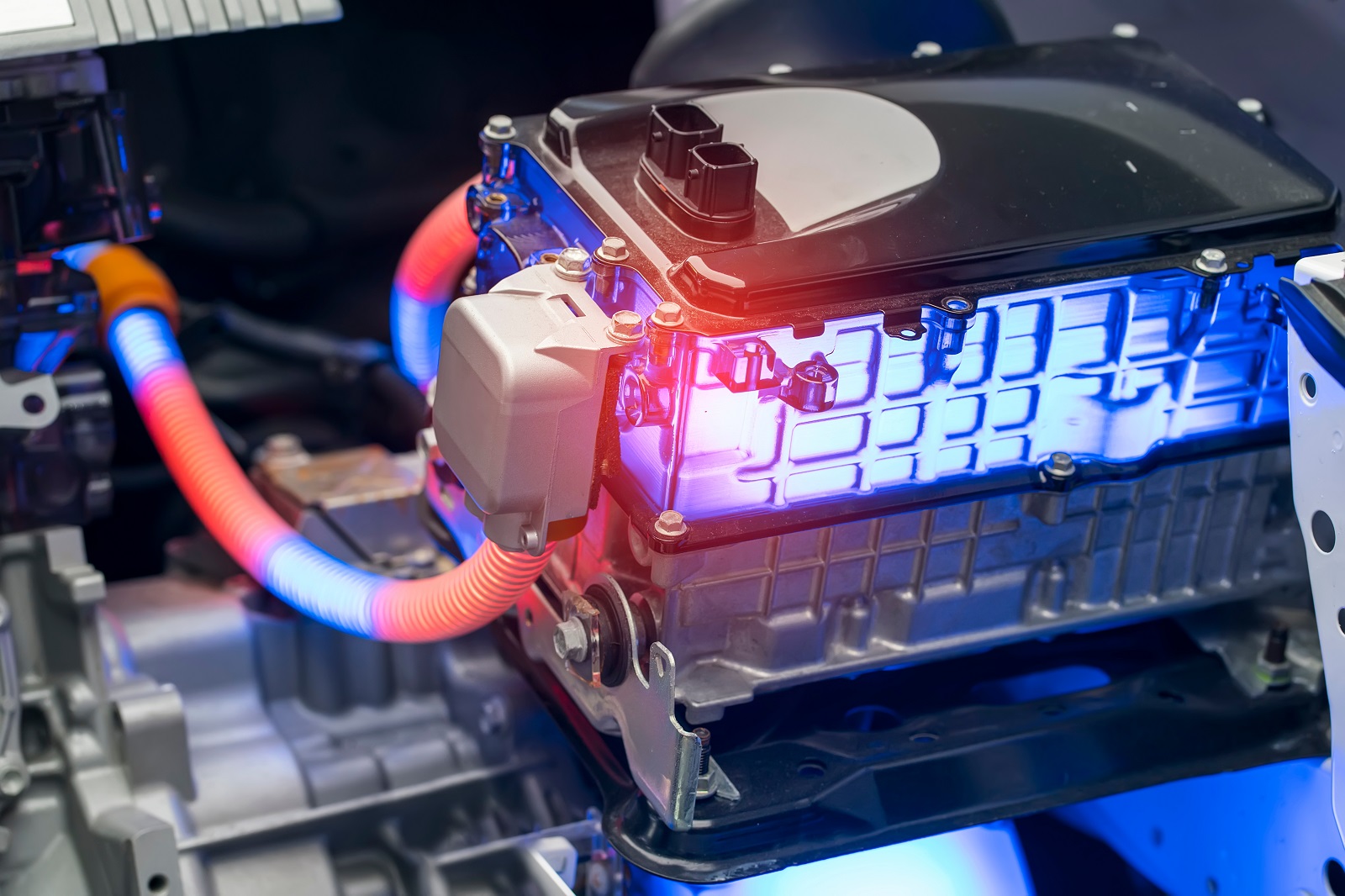
Image Credit: Shutterstock / asharkyu
Replacing a battery in a used EV can be shockingly expensive. Depending on the model, you could be looking at costs between $5,000 and $16,000. This hefty price tag can turn your cost-saving purchase into a financial nightmare .
3. Limited Range

Image Credit: Shutterstock / Standret
Older EVs typically have a much shorter range compared to newer models. Technological advancements have significantly increased battery capacity and efficiency, meaning that an older EV might not meet your daily driving needs, especially for longer commutes .
4. Charging Infrastructure Compatibility
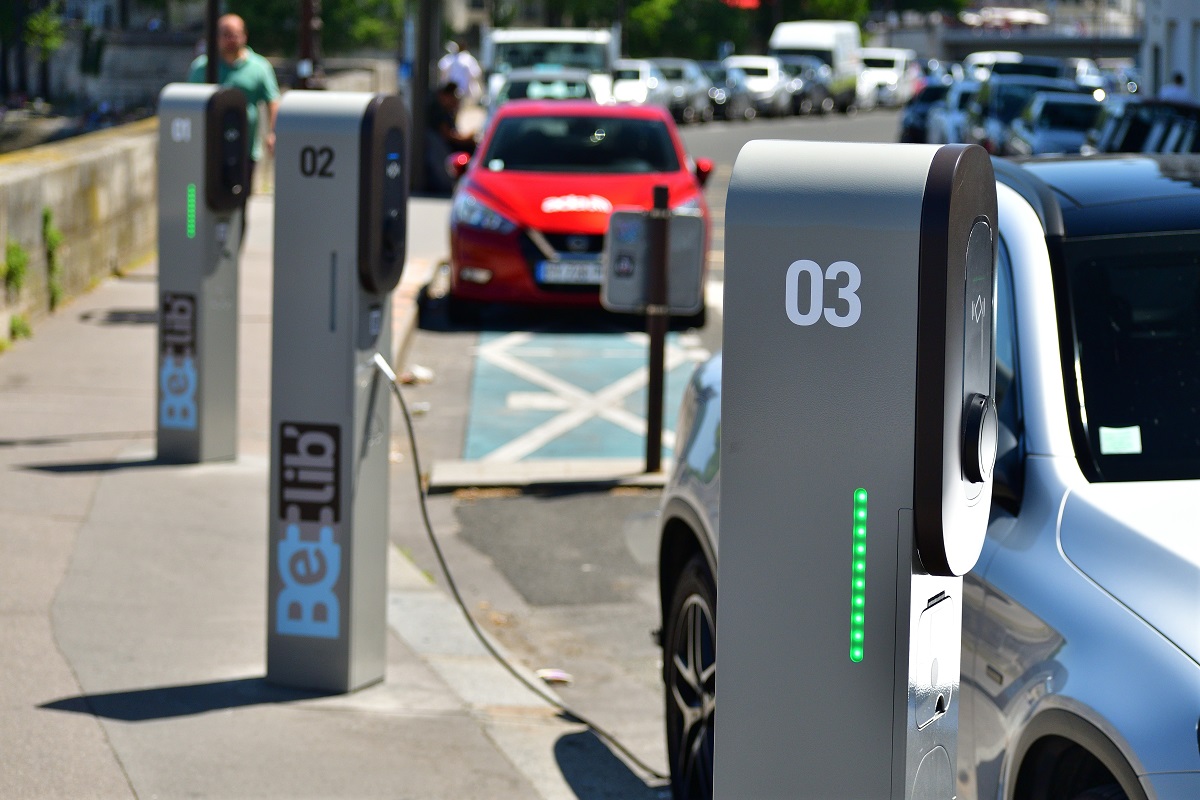
Image Credit: Shutterstock / noriox
Newer charging stations are often designed for the latest EV models. This means older used EVs might not be compatible with faster charging options, leaving you stuck with slower, less convenient charging methods.
5. Unknown Maintenance History

Image Credit: Shutterstock / tigercat_lpg
The maintenance history of a used EV can be a mystery. Without detailed service records, you might inherit problems from the previous owner, leading to unexpected repairs and expenses.
6. Wear and Tear on Components

Image Credit: Shutterstock / NDAB Creativity
Electric vehicles have fewer moving parts than traditional cars, but they still experience wear and tear. Components like the electric motor, brakes (due to regenerative braking), and suspension can suffer from extensive use, leading to costly repairs.
7. Software Updates
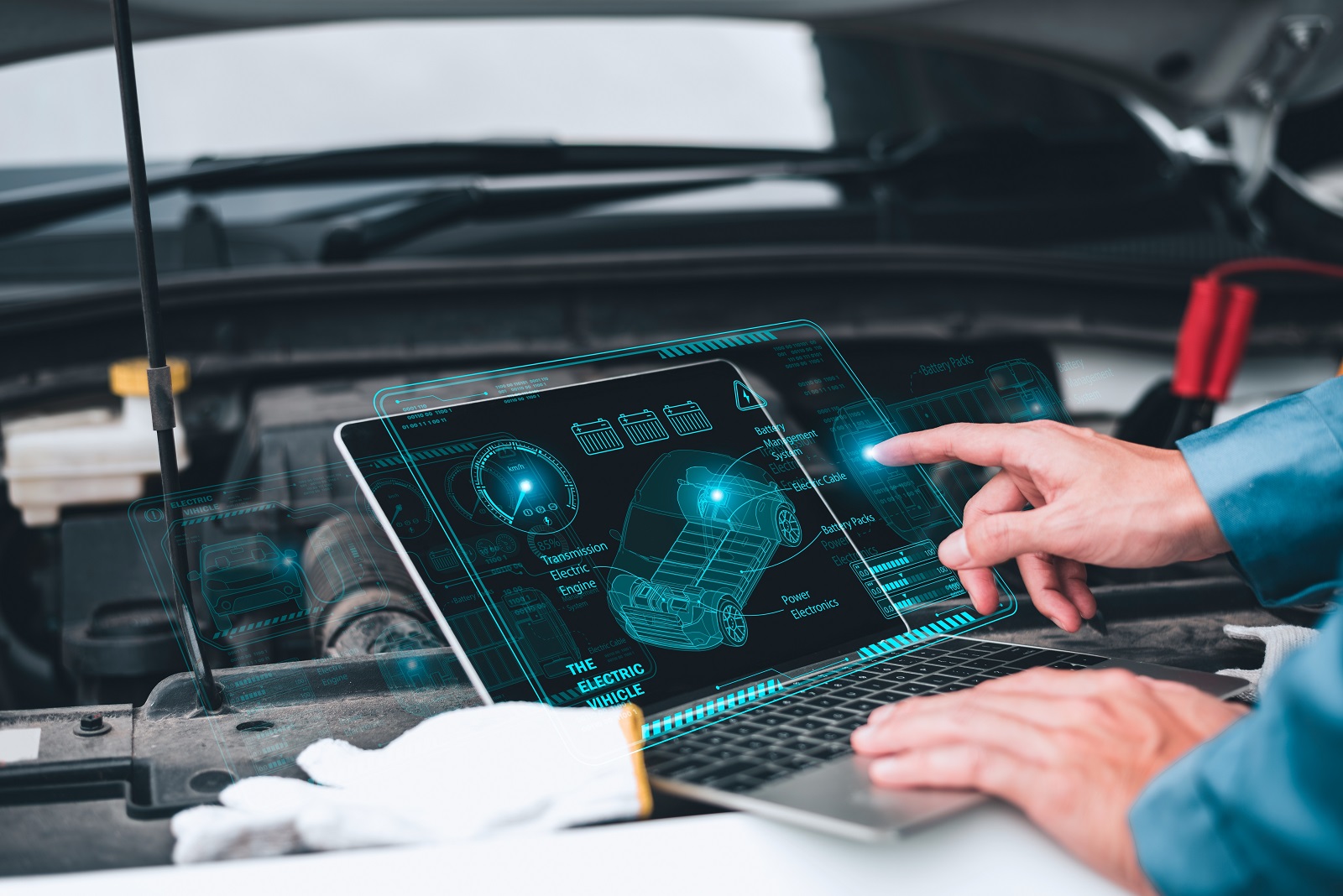
Image Credit: Shutterstock / CC7
EVs rely heavily on software for optimal performance and safety features. Older models may not receive the latest software updates, leaving them with outdated technology and potentially lower safety standards.
8. Limited Warranty Coverage

Image Credit: Shutterstock / BalanceFormCreative
The warranty on a used EV might be close to expiring or already expired. Without a warranty, you’ll be responsible for all repair costs, which can add up quickly, especially for battery-related issues .
9. Safety Recalls

Image Credit: Shutterstock / DimaBerlin
Used EVs might have outstanding safety recalls that haven’t been addressed. These recalls can be crucial for vehicle safety and performance, and resolving them can be both time-consuming and expensive .
10. Charging Cycle Fatigue
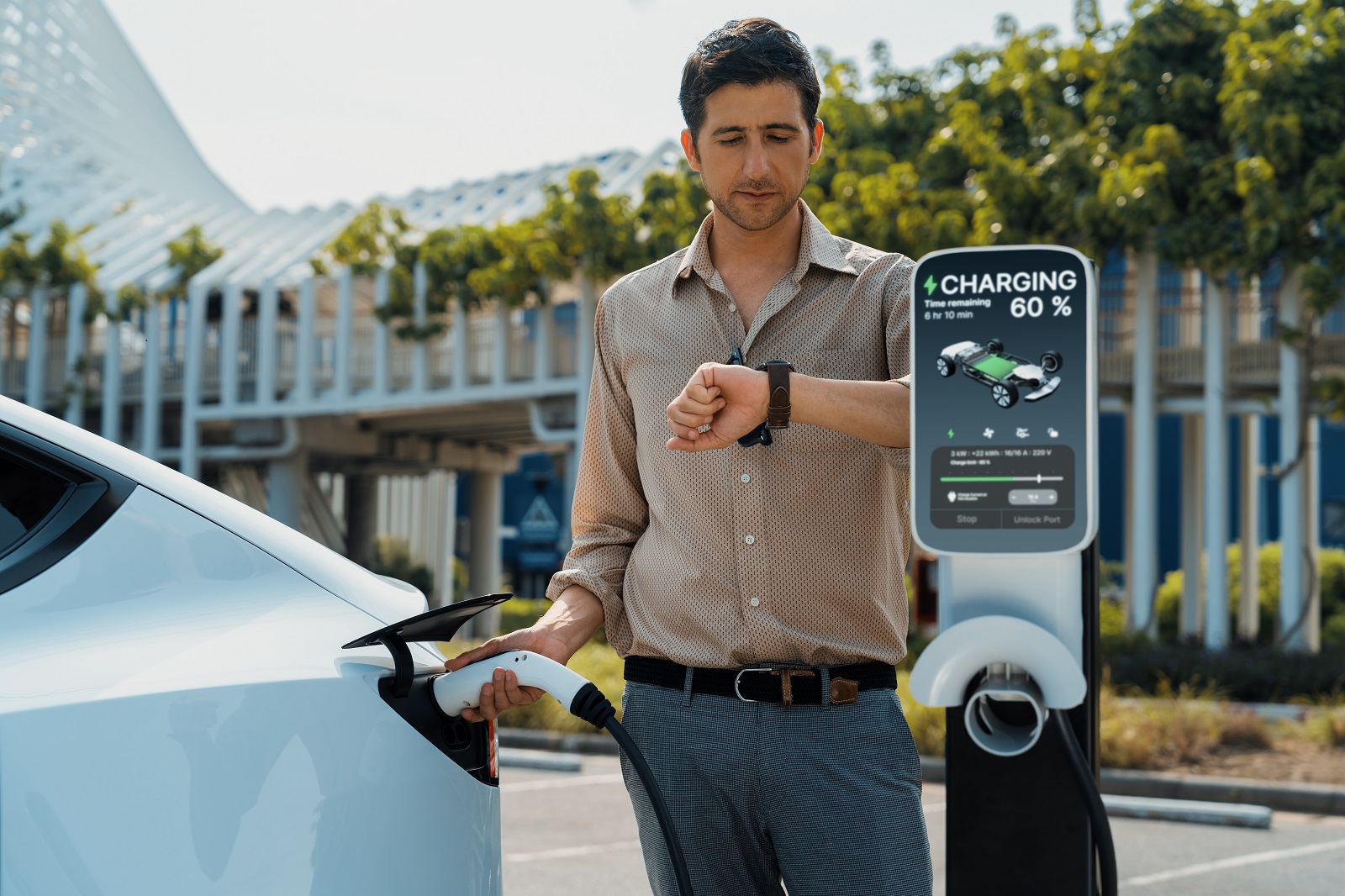
Image Credit: Shutterstock / Owlie Productions
Frequent charging and discharging cycles can fatigue the battery, reducing its overall lifespan and efficiency. This cycle fatigue is more pronounced in used EVs, affecting their long-term reliability.
11. Cooling System Issues

Image Credit: Shutterstock / JU.STOCKER
EV batteries rely on effective cooling systems to maintain optimal performance and longevity. Used vehicles might have cooling systems that are degraded or malfunctioning, leading to overheating and potential battery damage .
12. Resale Value Decline

Image Credit: Shutterstock / Roman Fenton
The resale value of older EVs tends to drop significantly as newer, more efficient models enter the market. This depreciation can affect your investment, making it harder to recoup costs when it’s time to sell.
13. Insurance Costs

Image Credit: Shutterstock / Rawpixel.com
Insurance for used EVs can be higher due to the high cost of battery replacement and repairs. Make sure to factor in these potential insurance hikes when calculating the total cost of ownership .
14. Charging Infrastructure Availability
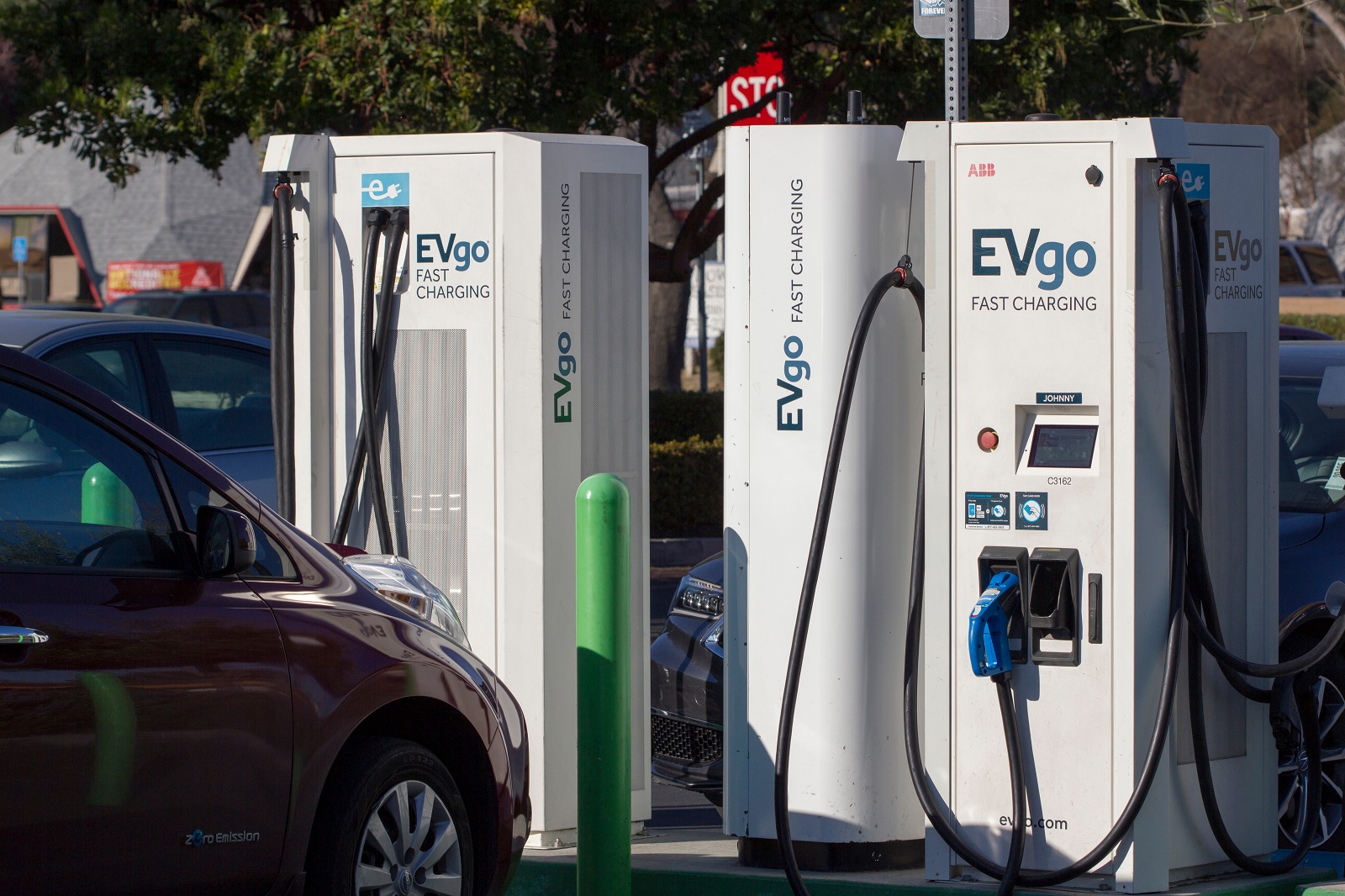
Image Credit: Shutterstock / Tada Images
Not all areas have readily available charging infrastructure. If you live in a region with limited access to charging stations, owning an older EV can be particularly challenging and inconvenient .
15. Hidden Damage from Accidents

Image Credit: Shutterstock / Sergei Gontsarov
Used EVs might have hidden damage from previous accidents that aren’t immediately apparent. This damage can affect the vehicle’s structural integrity and safety, leading to costly repairs down the road .
16. Outdated Technology
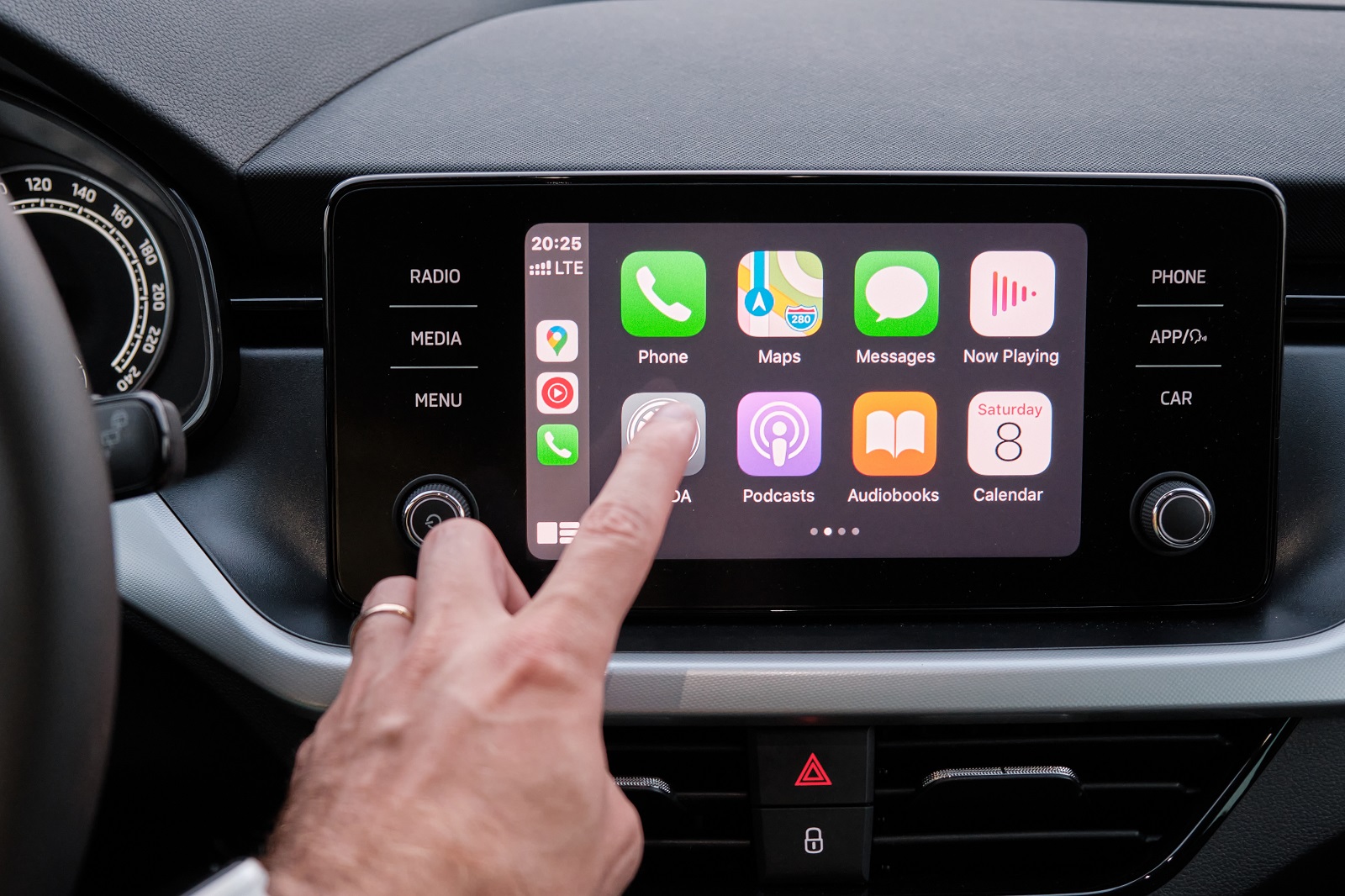
Image Credit: Shutterstock / Vladimka production
Technology evolves rapidly, and older EVs may lack the latest features and improvements found in newer models. This can impact everything from battery efficiency to in-car entertainment and safety features .
17. Environmental Concerns
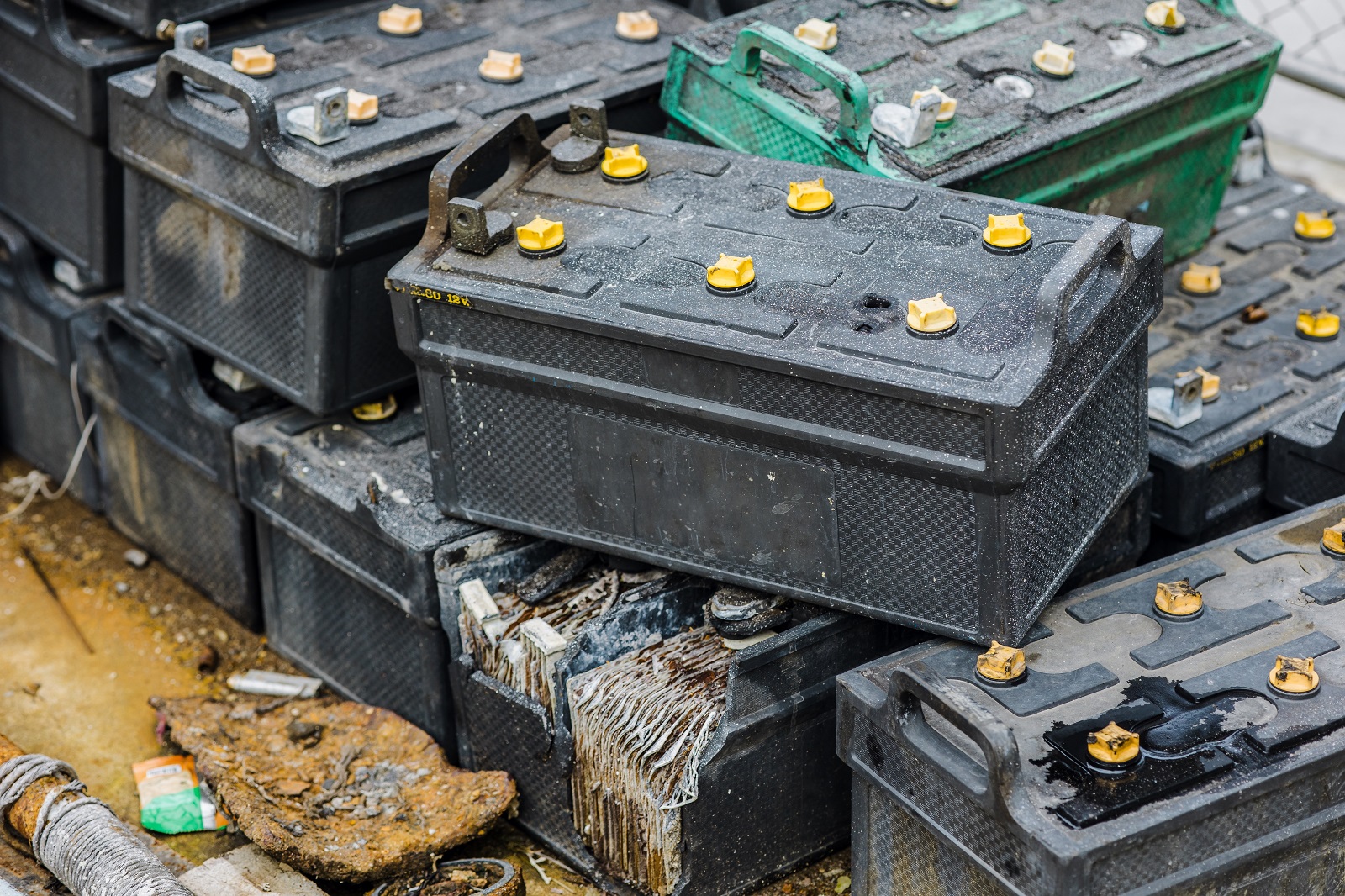
Image Credit: Shutterstock / Quality Stock Arts
While EVs are generally more environmentally friendly, older models might not meet the latest environmental standards. Additionally, the process of recycling and disposing of old batteries poses its own environmental challenges .
Worth the Risk?
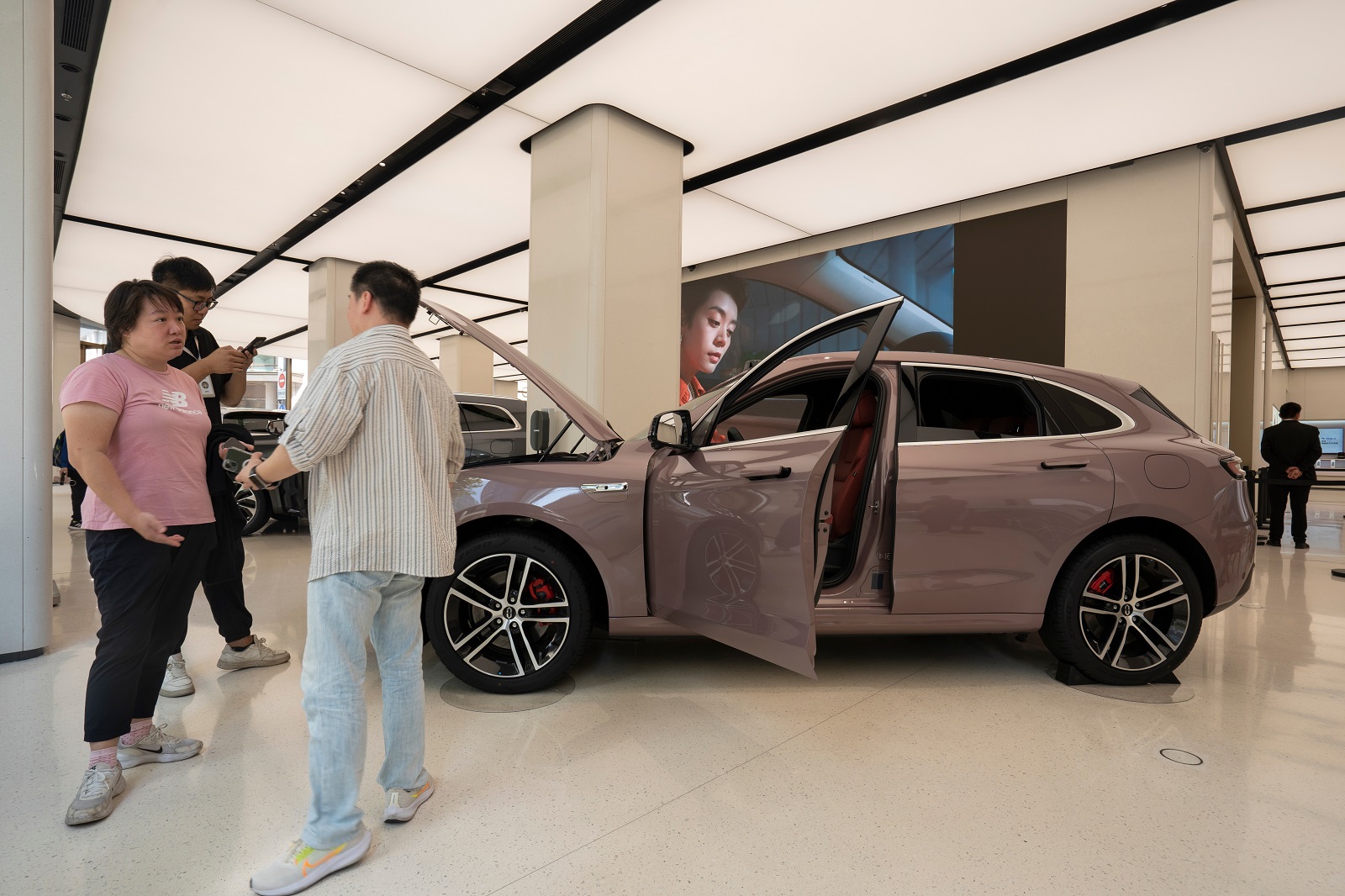
Image Credit: Shutterstock / Tada Images
Buying a used EV can be a gamble. While you might save money upfront, the potential hidden dangers could cost you more in the long run. Do your homework, get a detailed vehicle history, and consider all the factors before making your decision.
Police Magnet: 7 Cars That Guarantee You’ll Get Pulled Over
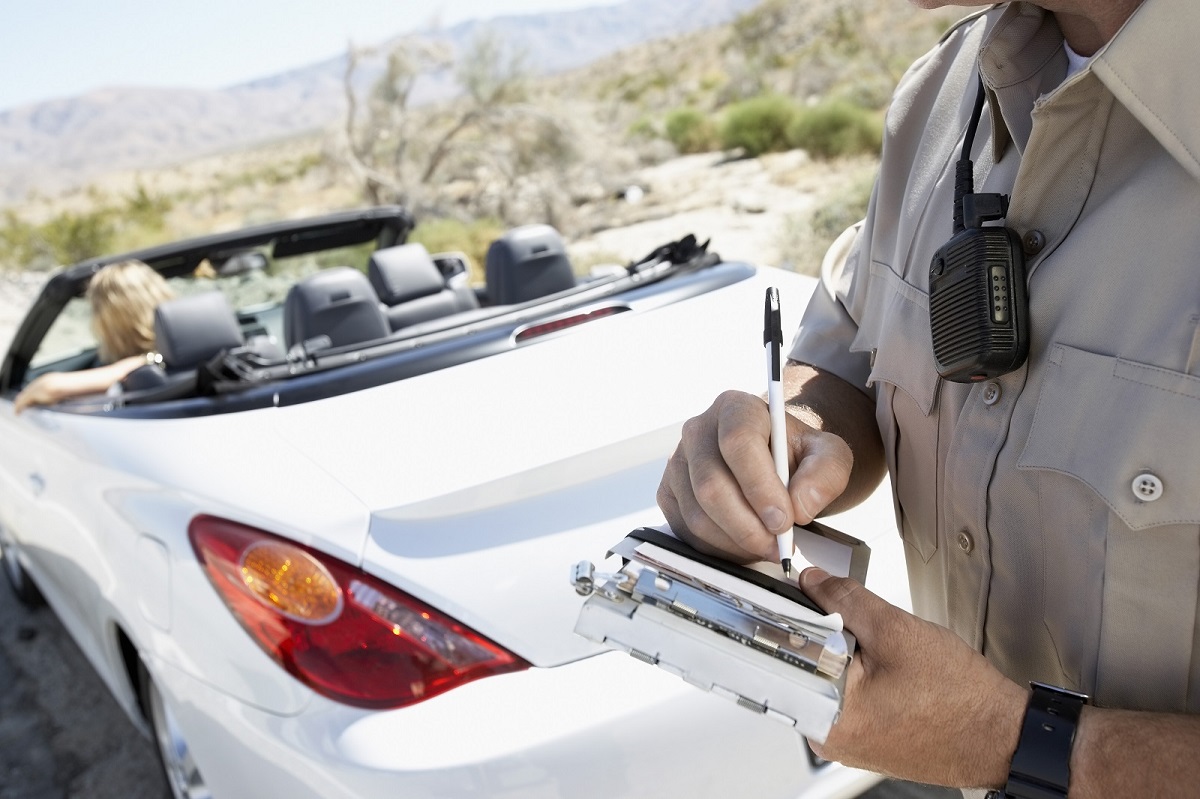
Image Credit: Shutterstock / sirtravelalot
Driving certain cars can make you more noticeable to law enforcement, even if you’re abiding by all the rules. Are you driving one of these “police magnets”? Here are seven cars that seem to attract more police attention than others. Police Magnet: 7 Cars That Guarantee You’ll Get Pulled Over
The Classic Cars That Were Total Clunkers
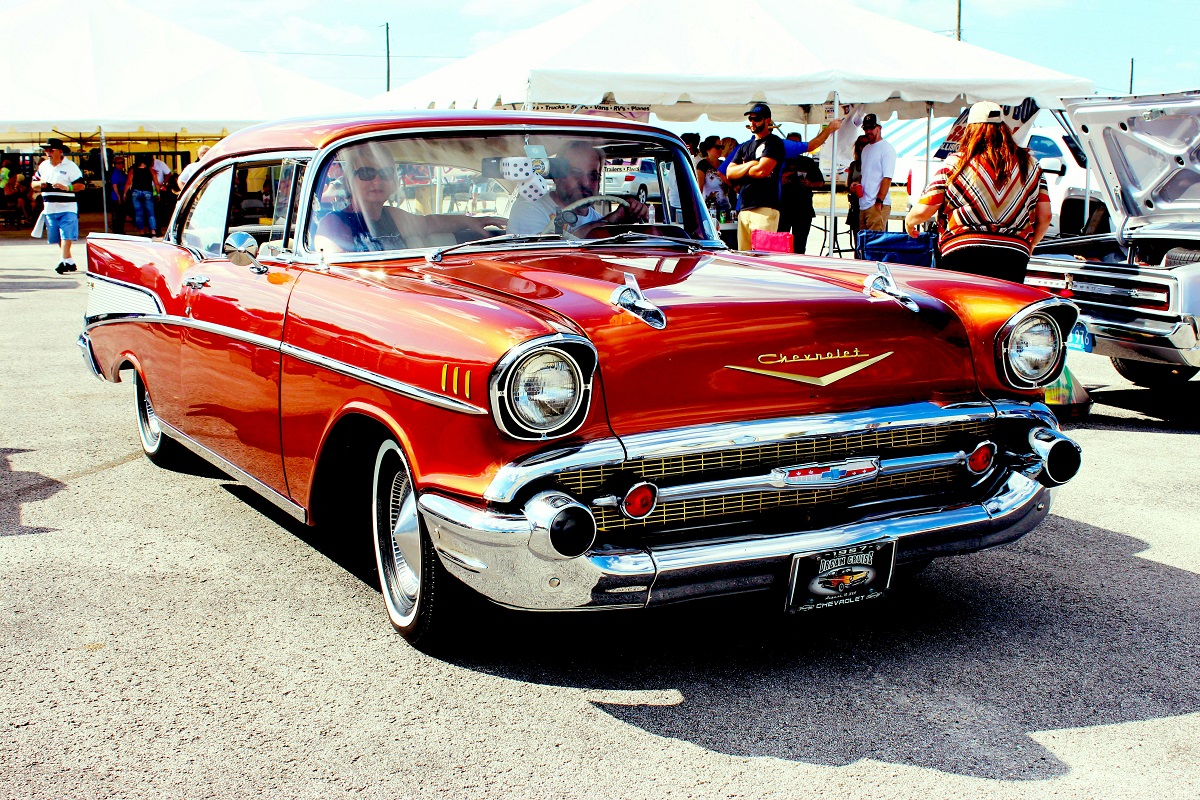
Image Credit: Pexels / Pixabay
Nostalgia has a funny way of making the past seem better than it was, especially when it comes to cars. But here’s the hard truth: some of those “classic” cars your dad raves about were real clunkers. Here’s a closer look at why some of those so-called “classics” weren’t all they were cracked up to be. The Classic Cars That Were Total Clunkers
The Worst U.S. Cars Ever Made: A Retro List
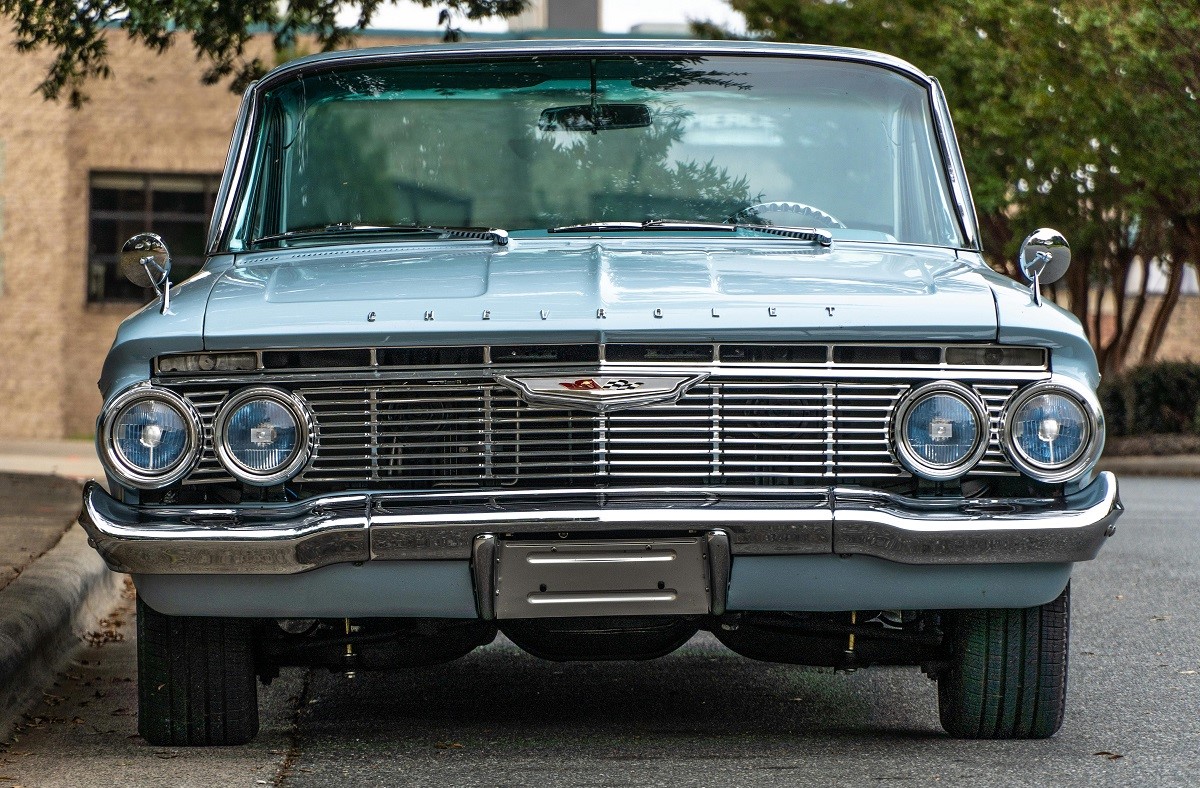
Image Credit: Pexels / Be The Observer
The U.S. auto industry has produced some incredible vehicles, but not every model was a hit. Here’s a look back at 16 of the worst cars ever made in the U.S., each infamous for its own unique flaws. The Worst U.S. Cars Ever Made: A Retro List
Featured Image Credit: Shutterstock / Quality Stock Arts.
For transparency, this content was partly developed with AI assistance and carefully curated by an experienced editor to be informative and ensure accuracy.
The images used are for illustrative purposes only and may not represent the actual people or places mentioned in the article.
